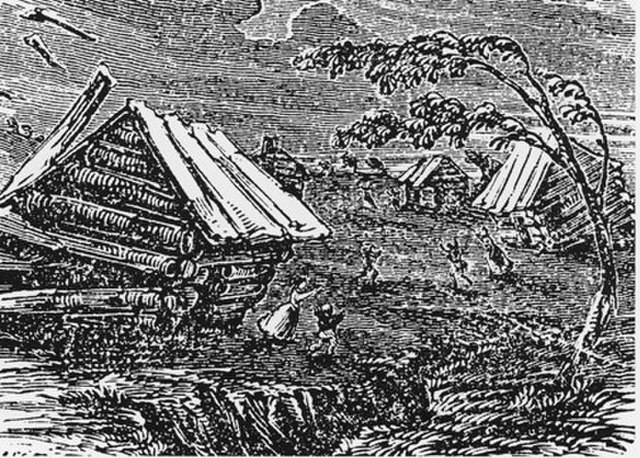1811–1812 New Madrid earthquakes
The 1811–1812 New Madrid earthquakes were a series of intense intraplate earthquakes beginning with an initial earthquake of moment magnitude 7.2–8.2 on December 16, 1811, followed by a moment magnitude 7.4 aftershock on the same day. Two additional earthquakes of similar magnitude followed in January and February 1812. They remain the most powerful earthquakes to hit the contiguous United States east of the Rocky Mountains in recorded history. The earthquakes, as well as the seismic zone of their occurrence, were named for the Mississippi River town of New Madrid, then part of the Louisiana Territory and now within the U.S. state of Missouri.
The Great Earthquake at New Madrid, a 19th-century woodcut from Devens' Our First Century (1877)
More than 4,000 earthquakes have been reported in the New Madrid Seismic Zone since 1974.
Reelfoot Rift and NMSZ
Damage-range comparison between a moderate New Madrid zone earthquake (1895, magnitude 6.8), and a similar Los Angeles event (1994, magnitude 6.7).
In seismology, an aftershock is a smaller earthquake that follows a larger earthquake, in the same area of the main shock, caused as the displaced crust adjusts to the effects of the main shock. Large earthquakes can have hundreds to thousands of instrumentally detectable aftershocks, which steadily decrease in magnitude and frequency according to a consistent pattern. In some earthquakes the main rupture happens in two or more steps, resulting in multiple main shocks. These are known as doublet earthquakes, and in general can be distinguished from aftershocks in having similar magnitudes and nearly identical seismic waveforms.
Image: Sichuan 2008 Aftershocks





